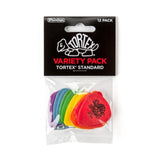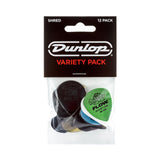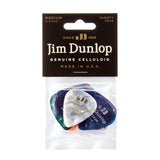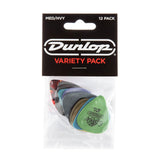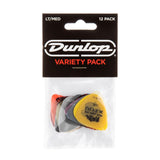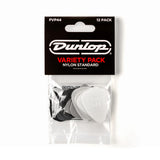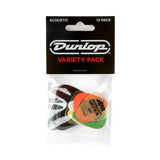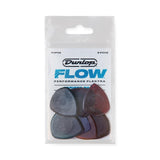The Nitrocellulose Clear Top Coat: Gloss vs. Satin, and Its Role in Guitar Finishing
A guitar isn't just a musical instrument; it's a work of art. One crucial aspect of its aesthetic appeal is the finish. If you've settled on using nitrocellulose, a traditional and respected finish, the final touch lies in the choice of a clear top coat. This article will delve into the nuances of the nitrocellulose clear top coat, discussing its purpose and the two popular variants available - clear gloss and clear satin.
What is a Clear Top Coat and Why is it Necessary?
A clear top coat, often applied after the colour coats, serves multiple functions:
Protection: The primary function of a top coat is to protect the underlying paint and the guitar's wood. It provides a barrier against wear and tear, moisture, sweat, and other environmental factors that a guitar is exposed to, especially during performances.
Enhancing the Aesthetics: A clear top coat can magnify the depth and richness of the underlying colour or wood grain, adding to the instrument's visual appeal.
Smoothing Imperfections: The clear top coat aids in levelling out any small bumps or imperfections, resulting in a smoother final surface.
Clear Gloss vs. Clear Satin
Clear Gloss: As the name suggests, this top coat provides a high-gloss, shiny finish. It offers a reflective surface that can make the colours underneath pop, creating an eye- catching, radiant appearance. This is often the choice for those seeking a pristine, polished look reminiscent of many vintage and classic guitars.

Clear Satin: This variant imparts a softer, more subdued sheen. It doesn't reflect light as directly as the gloss version, providing the guitar with a more understated elegance. Those looking for a modern and subtle finish might lean towards the clear satin top coat.

Is the Clear Top Coat Necessary?
In a word, yes. While nitrocellulose paint itself offers some protection and sheen, a clear top coat amplifies these benefits. It acts as an added layer of protection and enriches the final appearance of the guitar. Moreover, over time, as nitrocellulose ages, the clear top coat helps in developing a desirable patina, adding to the vintage charm of the instrument.
However, the choice between gloss and satin comes down to personal preference and the aesthetic one hopes to achieve. Some guitarists might opt for gloss to capture that classic, mirror-like shine, while others might choose satin for its contemporary and understated allure.
In Conclusion
Finishing a guitar is both an art and a science. The clear top coat, be it gloss or satin, plays a pivotal role in ensuring the longevity and beauty of the guitar's appearance. It's not just about aesthetics; it's about preserving the stories and melodies that the guitar will carry throughout its life. As you decide on the finishing touches for your instrument, consider the role of the nitrocellulose clear top coat and how it can elevate both the protection and presentation of your beloved guitar.











